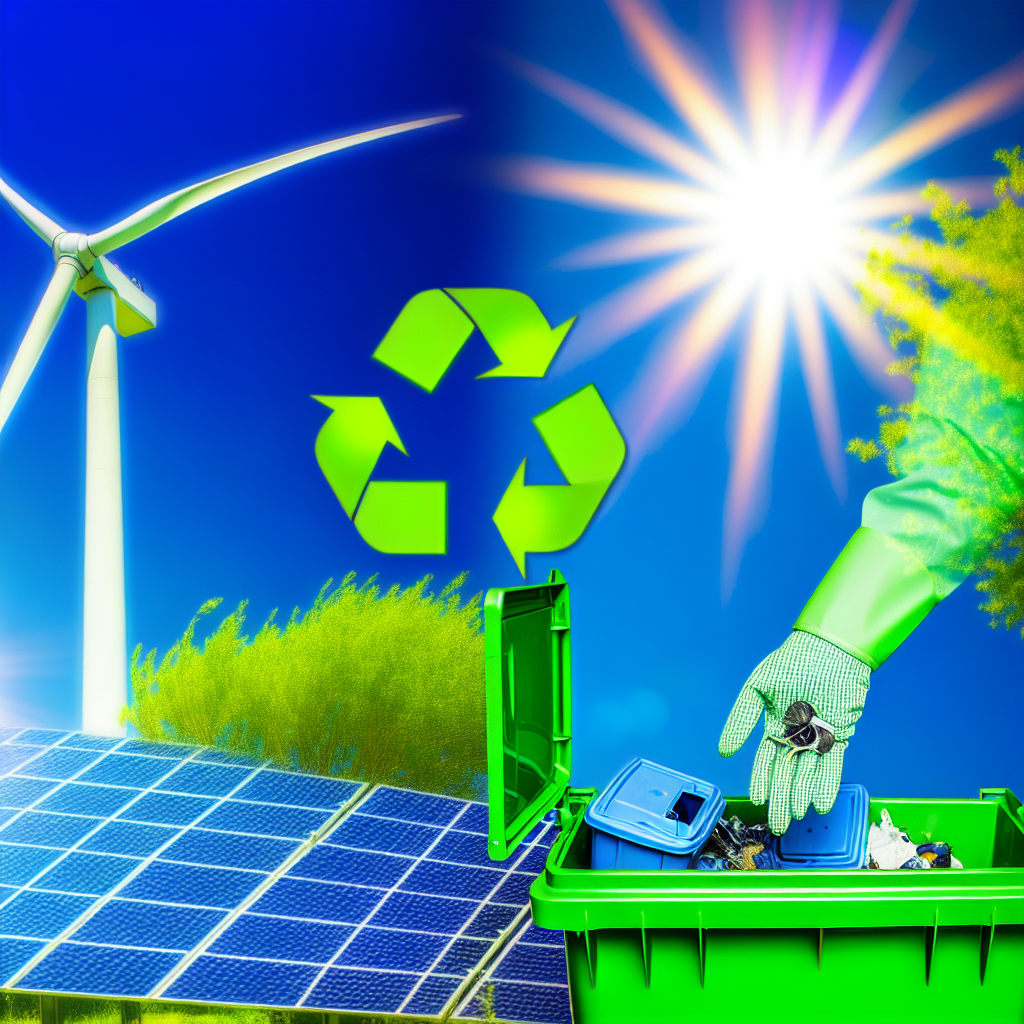Pollution prevention and cleaner production are vital strategies for creating sustainable industries and protecting our environment. By adopting innovative practices, companies can reduce waste, lower emissions, and enhance efficiency. In this article, we’ll explore the core principles of pollution prevention, the benefits of cleaner production, and practical ways to implement these eco-friendly approaches effectively.
Understanding Pollution Prevention and Cleaner Production
Pollution prevention focuses on reducing or eliminating waste and pollutants at their source before they are generated, rather than managing their aftermath through end-of-pipe solutions. Cleaner production, on the other hand, is a holistic approach that incorporates sustainable practices into industrial processes to minimize environmental impact while improving economic performance.
These concepts are intertwined; implementing pollution prevention techniques often leads to cleaner production. Companies that adopt these strategies not only comply with environmental regulations but also benefit from cost savings, improved brand reputation, and enhanced operational resilience.
Strategies and Practical Applications
Effective pollution prevention involves:
- Process Optimization: Upgrading machinery and refining operational techniques to use fewer raw materials and produce less waste.
- Material Substitution: Replacing hazardous or non-recyclable inputs with safer, more sustainable alternatives.
- Just-in-Time Manufacturing: Reducing excess production and inventory to limit waste generation.
Cleaner production extends these practices by emphasizing:
- Design for Environment (DfE): Developing products with minimal environmental impacts throughout their lifecycle.
- Resource Efficiency: Maximizing the use of energy, water, and raw materials to reduce consumption.
- Integrated Pollution Control: Combining waste reduction strategies across all stages of production for maximum effectiveness.
Implementing these strategies requires comprehensive planning, employee training, and continuous monitoring. Technologies such as real-time emission sensors, waste management systems, and process automation can significantly enhance waste reduction efforts, fostering a culture of sustainability within organizations.
Conclusion
Pollution prevention and cleaner production are essential components of sustainable industrial development. By proactively reducing waste, emissions, and resource use, businesses can achieve environmental benefits while improving operational efficiency and profitability. Embracing these practices paves the way for a healthier planet and a resilient economy, making them indispensable strategies for a sustainable future.
